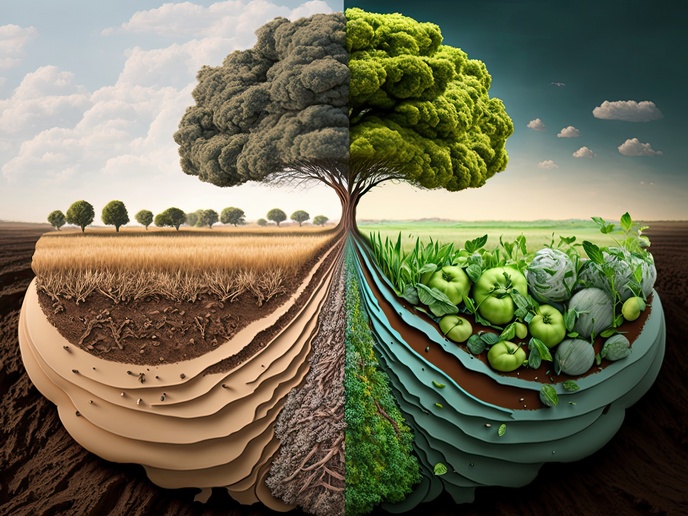An end to pouring urine down the drain
There is a trend towards installing toilets and urinals in new buildings, an opportunity to mine the rich content of urine. The VALUEFROMURINE (Bio-electrochemically-assisted recovery of valuable resources from urine) project has developed, demonstrated and evaluated an energy-efficient system for the recovery of these plant nutrients from the liquid. The researchers developed two processes to separate the resources from the waste. Struvite precipitation isolates the phosphorus for fertiliser production. Second, a bio-electrochemical system (BES) recovers hydrogen for energy and ammonia, again for plant nutrient production. New technological developments in the BES translate to a 95 % recovery of the ammonia. A gas-permeable hydrophobic membrane in the cathode chamber enables better extraction of ammonia. Additionally, a novel electrochemical system was designed, constructed and tested for ammonia recovery, promising high removal rate and an energy-efficient recovery. Integration of the phosphorus recovery step with the BES showed promising results. The results of this testing reveal further insights useful for the upscaling and automation of the process, and early-stage testing prompted interest from a potential end user. In pilot tests, the plant could handle 100 litres of urine a day. Results showed it is possible to recover around 95 % of the phosphorus and up to 50 % of the ammonia during continuous operation. The struvite and ammonium sulfate produced comply with Dutch fertiliser regulation and, with its low heavy metal content, struvite is an eco-friendly fertiliser product. Life-cycle assessment and life-cycle costing studies showed benefits mainly driven by low electricity consumption and infrastructures volume. The technology acceptance study indicated that incentives and barriers are not the same for each market target and that argumentation has to be adapted to each segment’s needs and considerations. Widespread adaptation of urine treatment will depend on technological challenges and economic driving forces – dictated by the extent of change in urine disposal infrastructure. Overall, VALUEFROMURINE researchers estimate that the new technology could produce 18 % of the phosphorus and 25 % of the nitrogen requirements in the EU.







